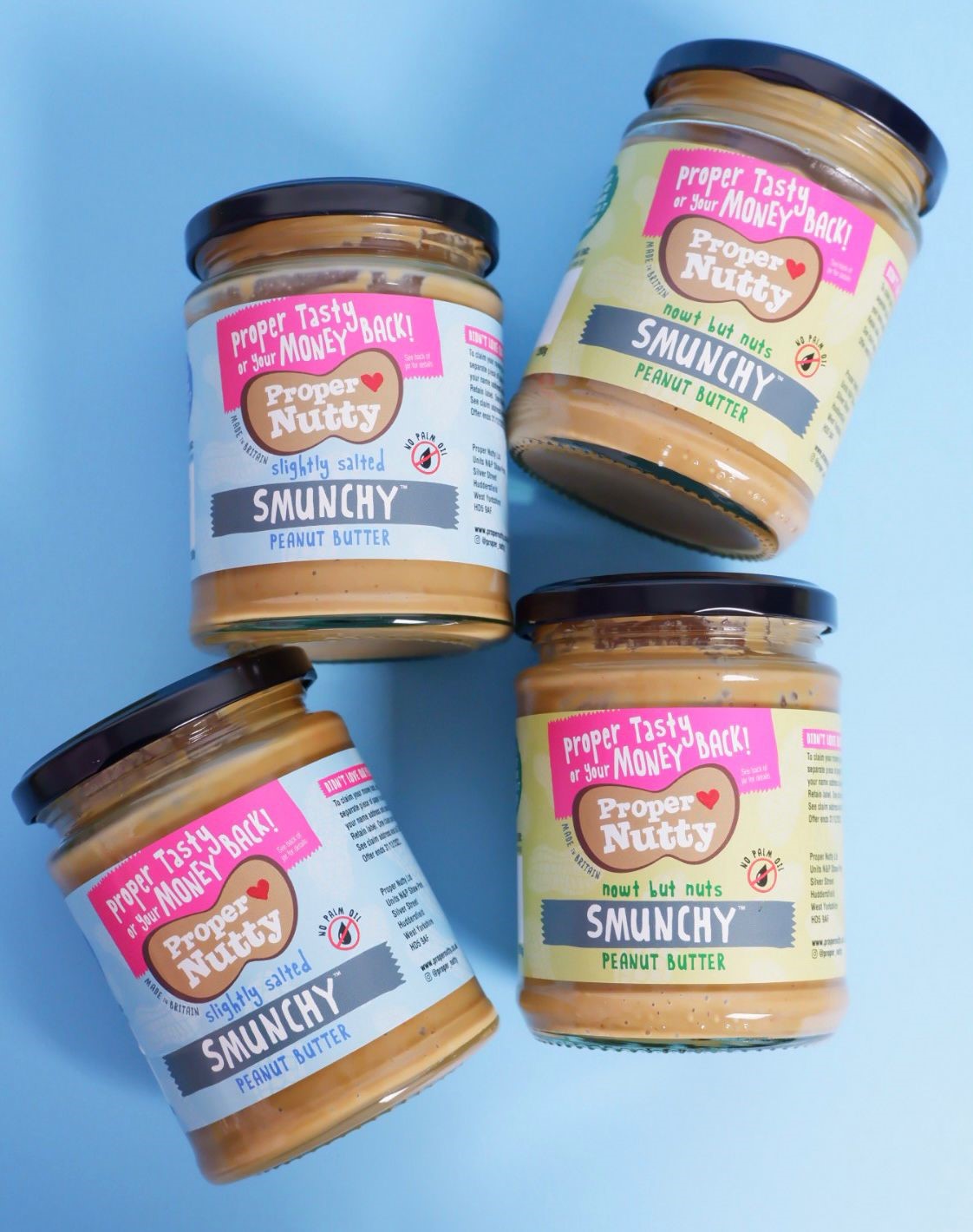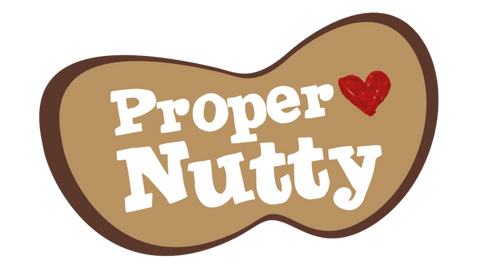

· By Simon Greenwood-Haigh
Where does Peanut Butter come from?
Peanut butter is a beloved and popular spread that is enjoyed by millions of people around the world. It is a staple ingredient in many meals and snacks, from sandwiches to shakes, cookies to cakes. But have you ever wondered where peanut butter came from? Who invented it and how it became popular? In this article, we will explore the history and cultural significance of peanut butter and unravel its fascinating origins.
The first recorded evidence of peanut butter-like substance dates back to the ancient Incas and Aztecs who ground roasted peanuts into a paste. The peanut plant was first domesticated in South America around 5,600 years ago and was brought to North America by African slaves during the 1700s. Peanut butter, however, did not appear until much later in the 19th century.
The credit for the first commercial recipe of peanut butter is attributed to Dr. John Harvey Kellogg, the famous medical doctor, and nutritionist. In 1895, he patented a process for preparing peanut butter which he called “nut butter.” Kellogg was a vegetarian and believed that peanuts had superior nutritional value, and that peanut butter was a tasty and nutritious food for people without teeth. Peanut butter was initially considered a luxury item for the upper class and was sold in upscale department stores.
However, the real breakthrough came in the early 20th century with the invention of modern technology that allowed for mass production of peanut butter. The first company to do so was Rosefield Packing Co. in California, which was founded in 1922, and was followed by brands like Skippy and Jif, which are still popular today.
Peanut butter quickly became a staple in American households during the Great Depression and the rationing of World War II, as it was inexpensive, filling, and high in protein. Its popularity also grew because of its unique and versatile taste, which could be used in both sweet and savory dishes.
Soon, peanut butter became a cultural icon in the United States and spread to other parts of the world. In some places, like the United Kingdom and Australia, it was initially considered a novelty item and was mostly used in children's sandwiches. However, the spread's popularity grew rapidly in the decades following World War II, and it soon became a household staple worldwide.
Today, peanut butter is not only a popular spread but also an important ingredient in many recipes. It is used not only in sandwiches and snacks but also in desserts, sauces, and even in some savory dishes. The cultural significance of peanut butter cannot be overstated, as it has become a symbol of American culture and a nostalgic food for many people.
In conclusion, the origins of peanut butter can be traced back to ancient South America, but the spread's modern history began with Dr. John Harvey Kellogg in the late 19th century. Its popularity arose with mass production in the early 20th century and has since become a cultural icon in the United States and beyond. Despite its humble beginnings, peanut butter has become a beloved and integral part of many people's lives, and its influence on worldwide cuisine continues to grow.
